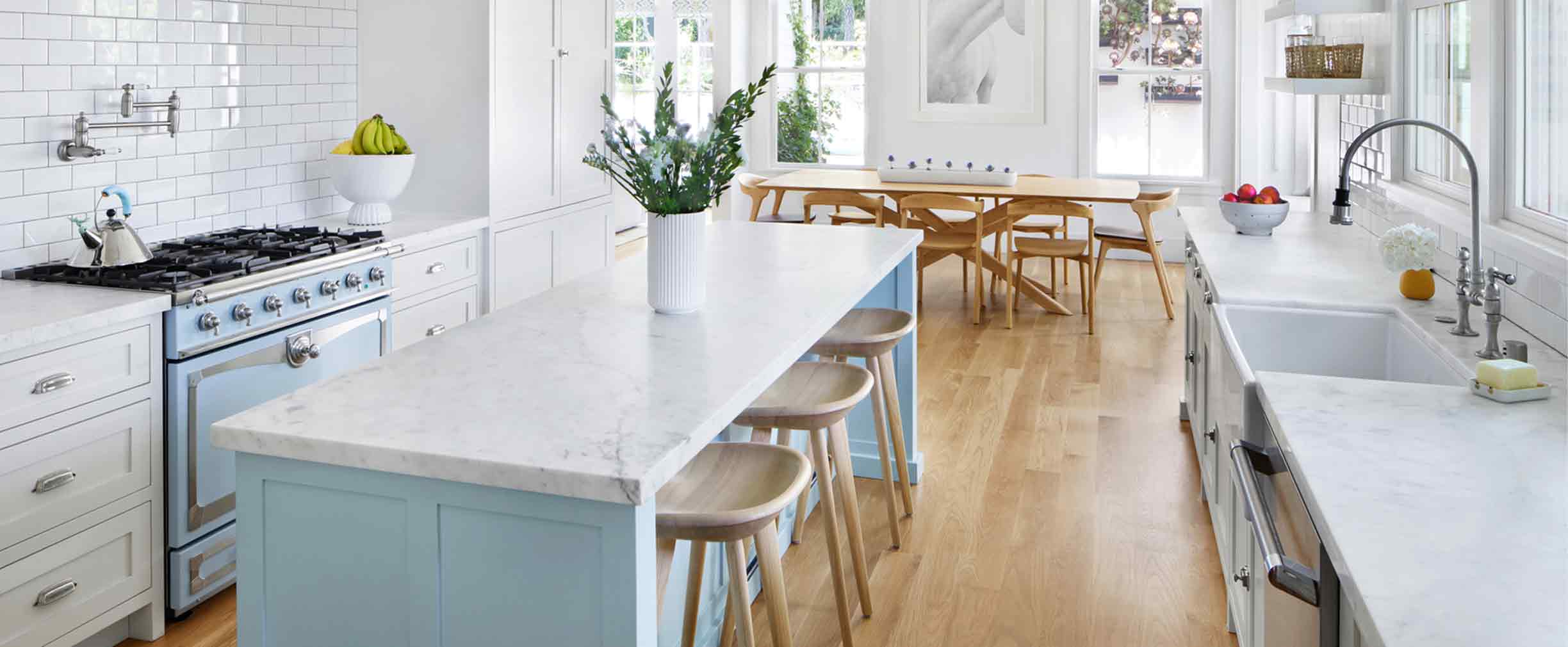Don’t Move! Here’s How to Remodel and Create Your Dream Home
Today’s high-interest environment has made home renovation the smart choice for a fresh look.
During the past few years, home prices soared and interest rates plummeted, but the market has changed significantly in 2023. The interest rate on a 30-year mortgage has skyrocketed, so anyone who locked in a sub-3% rate hardly wants to start paying more than 6%. For that reason, it is no surprise that home sales dropped recently. If you are looking to make a change in your living situation, you may find that renovating is a better fit for your budget than moving.
Remodeling—which reached peak frenzy during the pandemic—is still on the rise. A 2022 Regions survey found that 48% of U.S. homeowners were likely to make updates to their homes in the next 12 months. One reason: Rising home values have given owners more home equity to draw on to pay for the work.
First, though, you’ll need to figure out some logistics around money, people and timing. Here’s how to get started.
Financing the Dream Home
Whatever size your dream, you’ll need the funds to make it a reality. Fortunately, you have several options, and your best one may be through your home. “Home equity lending has grown at unprecedented levels,” says Kandy Shirley, SVP of Home Equity Lending at Regions. “Homeowners are taking advantage of tappable equity to fund major home improvements, such as new windows, kitchen and bath remodels or home additions.” And while all home loan rates are up, Shirley adds, “from a rate perspective, home equity options are often less expensive than credit cards or personal loans.”
Of course, to take advantage of home equity solutions, you need to have good credit, a reliable income and a certain percentage of equity in your home, since you’ll be using it as collateral. Armed with that, you can consider one of these options:
- HELOC. Don’t know how much your renovation will cost, or want to keep the scope of work flexible? With a home equity line of credit (HELOC), you can borrow what you need (up to your limit) in increments; if you use less, you repay only that amount. Need extra cash? Simply draw more.
HELOCs typically have a variable interest rate, and while that has meant higher payments for borrowers since 2022, “we’re seeing the paradigm start to shift,” says Shirley. “Customers want the flexibility of a HELOC and may be willing to brave an unstable rate environment in hopes that the market improves.” If that seems too risky for you—or if you want more predictability in your payments—Shirley recommends a “Loan in a Line” option, which is a fixed-rate feature that may be available through your lender that lets you lock in all or a portion of your HELOC balance at a fixed rate and with a fully amortizing payment—while still enjoying the flexibility of a HELOC.
- Home equity loans. For even more stability, albeit with less flexibility, consider a closed-end home equity loan. Like a traditional mortgage loan, you get the funds in a lump sum and make regular payments. These loans can either have fixed or variable interest rates. In cases where the rate is fixed over the term of the loan, “payments are more predictable and easier to budget each month,” Shirley says.
Of course, tapping your home equity isn’t the only way to go. Other options include:
- Personal loans. If you haven’t built enough equity in your home or don’t want to use that equity, consider a personal loan. Just expect higher interest rates than with home equity solutions.
- Credit card. Sure, you can put your remodel on plastic. Just be aware of your credit limit—and the interest rate on your card.
- Cash savings. If you’re able, it may be tempting to dip into savings (no paperwork!), but consider whether your cash could be working harder for you—in, say, a high-yield savings account.
- Cash-out refinance. Doing a mortgage refi for more than you owe (and then “cashing out” the rest to pay for renovations) only makes sense when mortgage rates are low. Skip it for now, unless your mortgage’s interest rate is higher than what is currently available to you.
Assembling the Dream Team
Money secured, your next task is to hire designers and contractors. Finding them, of course, is easy; vetting them is trickier.
Dream Time Frame
When should you start your remodel? First, you will want to budget time for contractor research and financing applications: HELOCs can take around 21 days to finalize, Shirley says, and home equity loans a little longer.
While the breakneck pace of remodels over the past couple years is predicted to slow down in 2023, experts are divided about the effect. The supply chain problems that led to delays and higher prices may be stabilizing, but two new unknowns—the path of inflation and the concern over a recession—have kept questions swirling around costs for both materials and labor. A slowdown in new home construction could bring down the cost of supplies and leave contractors with time on their hands, leading them to lower prices. Or inflation and supply chain issues may keep material costs high, and longtime contractors may be able to withstand a downturn without lowering prices.
The bottom line: The sooner you get your renovation rolling, the sooner you’ll have a fresh look to your home—and the sooner you can say, “I love my mortgage and I love my home!”
Three Things to Do
- Read more about remodeling and home improvement tips.
- Review your monthly budget (or create one) and decide how much you could realistically afford to set aside each month for a loan repayment.
- Consider your options for home equity loans.






